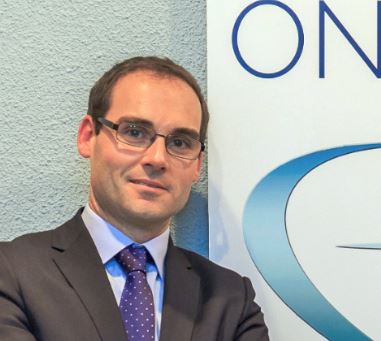The Mobile World Congress 2018 will be remembered as a very special event for reasons unrelated to the mobile telecommunication and unmanned aviation industries.
The security system for the event deployed by the regional police service (Mossos d’Esquadra) embodied, for the first time, a drone surveillance system to assure the security and safety of all attendants in the convention centre (Fira de Barcelona).
The new Spanish drone law (Royal Act 1036/2017) has not only brought many important changes for commercial unmanned operations it has also widened the scope of actions for the security forces. The new law allows security forces to use drones in many different operations, especially in controlled airspace, over people and buildings and at night.
Law enforcement agencies will be exempted from compliance to some of the restrictions which are set out in the new drone law for commercial unmanned operators, and they will be able to approve their own operations and security assessments. To be able to do all of this, the police will have to abide by the Rules of the Air and operate in a coordinated manner with air traffic services and airports in the vicinity and the safety zones that have been defined.
Regional police officers in Barcelona have also coordinated with the Spanish Airports Company (AENA – Aeropuertos Españoles y Aeronavegación Aérea) and with ENAIRE (Air Traffic Services provider in Spain) to carry out operations close to Barcelona Airport (El Prat). These has been developed within an operating area with a defined height of 50 meters and in close coordination with helicopter services, while being permanently in contact with Barcelona Airport Control Tower.
Unmanned aircraft deployed by the regional police force take pictures and videos live over the areas under surveillance, increasing the awareness and location of counter-terrorism police officers.
Although this is a milestone in the evolution of unmanned aviation operations in Spain, it is not yet possible to consider this as full RPAS (remotely piloted aircraft systems) integration in controlled airspace, because the Controlled Traffic Region (CTR) of Barcelona’s Airport close to the Convention Centre was segregated due to security reasons. Nevertheless these operations will set a precedent and will be a good reference to other security forces and police units, helping to improve the RPAS for surveillance and security.
RPAS operations in non-segregated areas still need to be developed through a range of technical and regulatory frameworks. In the short term, new procedures for Acceptable Means of Compliance (AMC) and Guidance Material (GM) which define, among other issues, the equipment to be on board in controlled airspace, are required In the long term, a full UAS Traffic Management (UTM) which allows for the management in a timely and efficient way of all RPAS operated by law enforcement agencies, providing the reply capability against non-cooperative RPAS, will be developed.
David Martinez Pereo is Chief Operating Officer of www.onairdrones.com.




